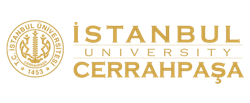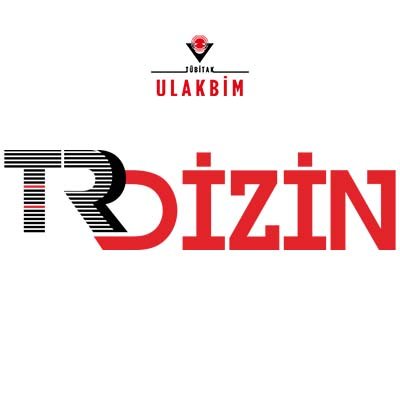The purpose of this study was to investigate the relationship between antropometric features and backstroke swimming performance in 14-16 years of age swimmers. 11 boys (age 14,91±0,94 years, height 171,45±9,73 cm, weight 63,11±12,52 kg, experience 5,36±1,43 years) and 5 girls (age 15,40±0,89 years, height 164,2±3,03 cm, weight 55,60±3,91 kg, experience 6,4±0,89 years) totally 16 swimmers in Trabzonspor Swimming Clup participated in this study voluntarily. The body weight, anthropometric measurements (height, stroke, leg, arm, hand height- width) and subcutaneous fat of four different areas (biceps, triceps, subscapula, suprailliac) and diameter- circumference (humerus, femur) and 50-meter backstroke swimming durations of athletes who participated this study were collected. Correlation were studied with spearman and all analyses were executed in SPSS 23.0 and the statistical significance was set at p<0.05. The results indicated that there is statistically significant relationship between 50-meter backstroke swimming performance and body weight (r=-0,872; p<0,05), humerus circumference (r=-0,975; p<0,01) in girls. There is statistically significant relationship between 50-meter backstroke swimming performance and femur circumference (r=-0,626; p<0,05), humerus diameter (r=-0,740; p<0,01), humerus circumference (r=-0,671; p<0,05), body mass index (r=-0,609; p<0,05) in boys. The anthropometric features like body weight, body mess index, femur circumference, humerus circumference and humerus diameter affect positively backstroke swimming performance as a consequence.


.jpg)


.png)


